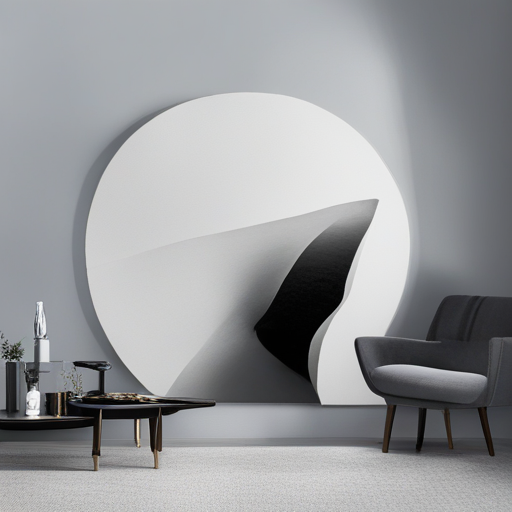"이 포스팅은 쿠팡 파트너스 활동의 일환으로, 이에 따른 일정액의 수수료를 제공받습니다."

Introduction
Hello. Today, I will write about the topic, 'Let's pack food safely and clearly with PP film!' Laminated packaging is composed using various materials. Among these different materials, today we will learn about PP.
Summary
1. PP is a stable material that does not easily deform due to external environments, thus possessing relatively stable characteristics such as resistance to medicine, chemicals, and light. It has high moisture barrier properties but low gas barrier properties, making it difficult to apply to products that need to preserve scent or have strong odors when used alone.
2. PP is used in the form of CPP (Casting Polypropylene) and OPP (Bi-axially Oriented Polypropylene). CPP has tensile and impact resistance, making it advantageous for protecting contents. OPP, with its glossiness and dimensional stability, is suitable for use as a primary packaging material for food.
3. To check for the commonly seen PP packaging film around us, you can look at the recycling mark. If it is composed of OPP and CPP alone, the PP mark is displayed, and if other materials are laminated, the Other mark is displayed.
Usage
Materials are chosen to be used according to the contents to be packed, utilizing their properties. PP is a stable material that does not deform easily due to the external environment, and thus, it has relatively stable properties such as resistance to medicine, chemicals, and light. PP has high moisture barrier properties but very low gas barrier properties, so it is difficult to apply to products that need to preserve scent or have strong odors when used alone, but it is suitable for use in products that need to preserve appropriate moisture.
For example, it is difficult to use PP alone for creams that are exposed to the risk of acidification or bread with strong scents. Therefore, it is used by laminating materials that provide a certain degree of gas barrier properties such as PET or NY. On the contrary, for bread such as cream bread, there is no serious obstacle to preserving the food even if PP is used alone. However, since the barrier properties of PP are not high barrier properties, they are not suitable for long-term storage.
CPP and OPP
CPP stands for Casting Polypropylene, which can be understood as Polypropylene produced by casting, or non-stretch extrusion. Since this is a film produced by non-stretch extrusion, it has tensile properties and, therefore, impact resistance, which is advantageous for protecting the contents. This property often positions it to directly contact the contents, and one of the requirements for this is heat sealing properties. That is, it is necessary to pack the food, apply heat, and seal between the films to block the contents from the external environment. At this point, the film must have heat sealing properties to allow bonding at an appropriate temperature.
To have heat sealing properties, the film itself is configured as a multi-layer during the extrusion process, and a material that melts at a lower temperature than general PP is structured in the sealing layer. In other words, there are multiple layers even in one film. A common method is to use a raw material produced by blending Proplyene and Ethylene to copolymerize during PP production to have a lower melting point than PP. This utilizes the property that PE has a lower melting point than PP.
OPP stands for BOPP(Bi-axially Oriented Polypropylene). This can be understood as a film produced by biaxially stretching Polypropylene during extrusion. Since it is a film that has already been stretched, it has no tensile properties and lower impact resistance. However, due to its glossiness and dimensional stability, it is suitable for use as a primary packaging material for food. Due to the nature of the product being processed in the form of a roll during the process, if it stretches due to tension, the position of the print may change, and this acts as a significant barrier to mass production. Therefore, it is inevitable to use a fabric with dimensional stability like OPP, and OPP has advantageous properties for this.
Conclusion
PP has properties advantageous for food packaging and can be utilized as OPP and CPP. Even with these two materials alone, there are many cases where food packaging is composed. It is mainly used for bread packaging, ice cream packaging, etc. Since it has characteristics that are not suitable for long-term preservation, most require additional devices. Bread packaging has a short shelf life, and ice cream packaging is supplemented by frozen storage. For foods other than this, the mixing of additional materials is necessary.
Today, I wrote about the topic, 'Let's pack food safely and clearly with PP film!' If you are curious about the commonly seen PP packaging paper around you, you can tell by the recycling mark. If it is composed of OPP and CPP alone, the PP mark is displayed, and if other materials are laminated, the Other mark is displayed. If you know and see, a more interesting world of packaging paper will unfold. Next time, let's learn about PE, which is similar but different from PP.
'English > Packaging' 카테고리의 다른 글
| Retort Packaging (43) | 2023.12.22 |
|---|---|
| Differences Between Sterilization and Disinfection (40) | 2023.12.21 |
| How can the shelf life of food be so long? (15) | 2023.12.20 |
| About PET and Nylon (30) | 2023.12.19 |
| PE: The Protector of Food Packaging (32) | 2023.12.18 |


